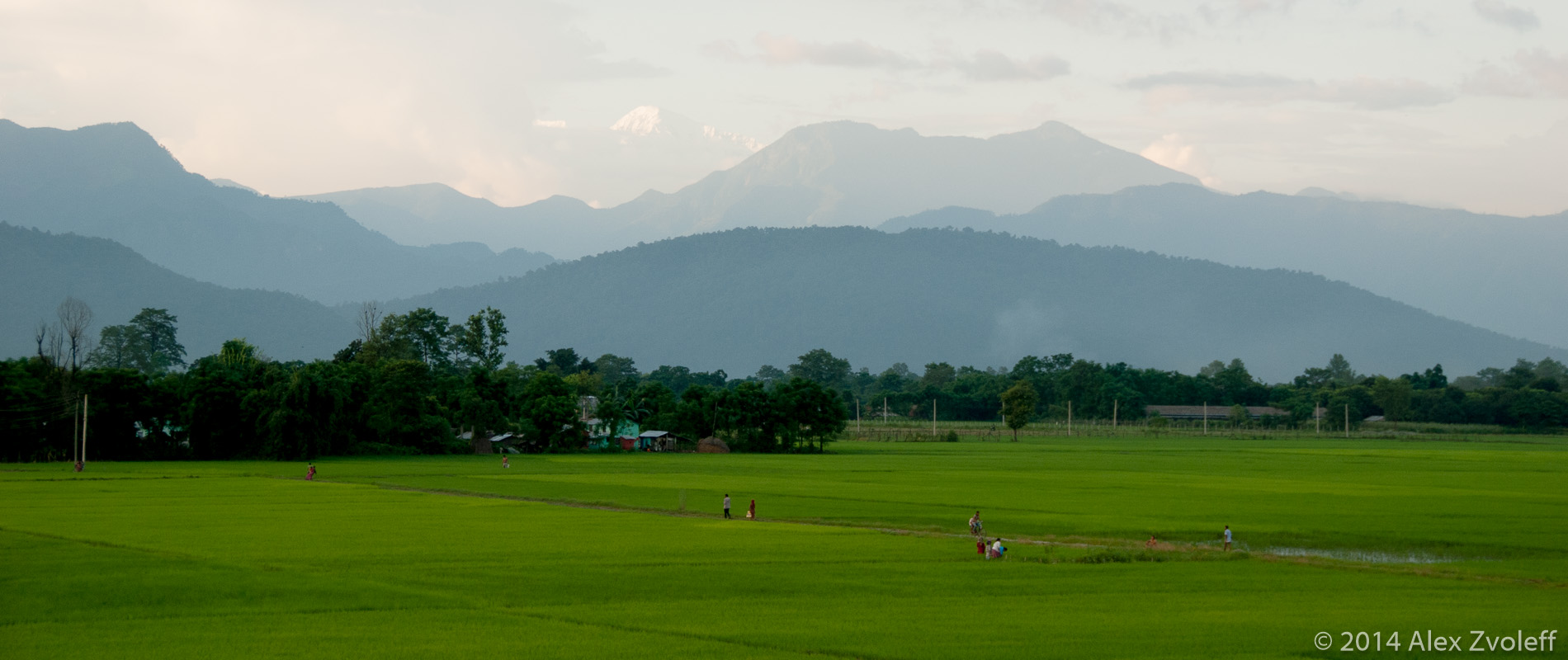
Research
Research Interests
- Interactions among climate, land use and land cover change, and livelihoods
- Methods and tools for integrating social and biophysical datasets to inform conservation
- Modeling and data visualization
Short Bio
I am Senior Director of Resilience Science in the Moore Center for Science at Conservation International. I lead research on the role of nature in supporting climate resilience, pathways for transformative adaptation to climate change, and the development of new methods and tools that integrate large interdisciplinary datasets to study interactions among climate, land use and land cover change, and human-wellbeing. My work uses statistics and spatial modeling to assimilate data from a broad range of sources to ensure the best possible information is available, and accessible by non-expert audiences, to inform conservation decisions. I received my Ph.D. in geography in a joint program at San Diego State University and the University of California, Santa Barbara, and have a master’s from Columbia University.
Past Research
TEAM
I worked with the Tropical Ecology Assessment and Monitoring (TEAM) Network on a project investigating the effects of climate change and land use and cover change around tropical protected areas on biodiversity. We linked species data from plot and camera trap monitoring to satellite observations to study linkages between land cover change and biodiversity.
teamlucc
teamlucc is an R package to support the preprocessing and classification of satellite imagery for biodiversity monitoring and land cover change modeling.
glcm
glcm is an R package for calculating image textures measures derived from grey-level co-occurrence matrices (GLCM).
gfcanalysis
gfcanalysis is an R package to facilitate analyses using the Global Forest Change dataset released devolped by Hansen et al. (2013).
PyABM
An open-source agent-based model toolkit written in Python.
ChitwanABM
ChitwanABM is an agent-based model of the western Chitwan Valley, Nepal, used to explore connections between population and environment.
Land Use and Cover Change in the Chitwan Valley, Nepal
Worked with Dr. Li An on an NSF PIRE project exploring human-environment interactions in the Western Chitwan Valley, Nepal. In order to better incorporate feedbacks between fertility and environmental change, we constructed an agent-based model of population at the individual, household, and neighborhood levels, and modeled interactions between demographic change and land use change. Our research using a spatially explicit agent-based model allows a better representation of spatial variation in the determinants of land use, as well as of the spatial distribution of land use change, which may be an important determinant of habitat quality in the forest areas surrounding the study area.
PyABM and ChitwanABM are both outcomes of this project.
Health, Poverty, and Place in Accra, Ghana
I was also a part of a team working on a NIH funded project in Accra, Ghana “Health, Poverty, and Place in Accra, Ghana”, (PI Dr. John Weeks), to explore relationships between neighborhood context and health outcomes.
Rural Energy Infrastructure
Studied the impact of population distribution in rural areas on the costs of infrastructure investment. With Dr. Vijay Modi of Columbia University.
Climate System Dynamics
Constructed an agent-based model examining dynamics of coupled human-climate system over long timescales. With Dr. Brad Werner of Scripps Institution of Oceanography.
